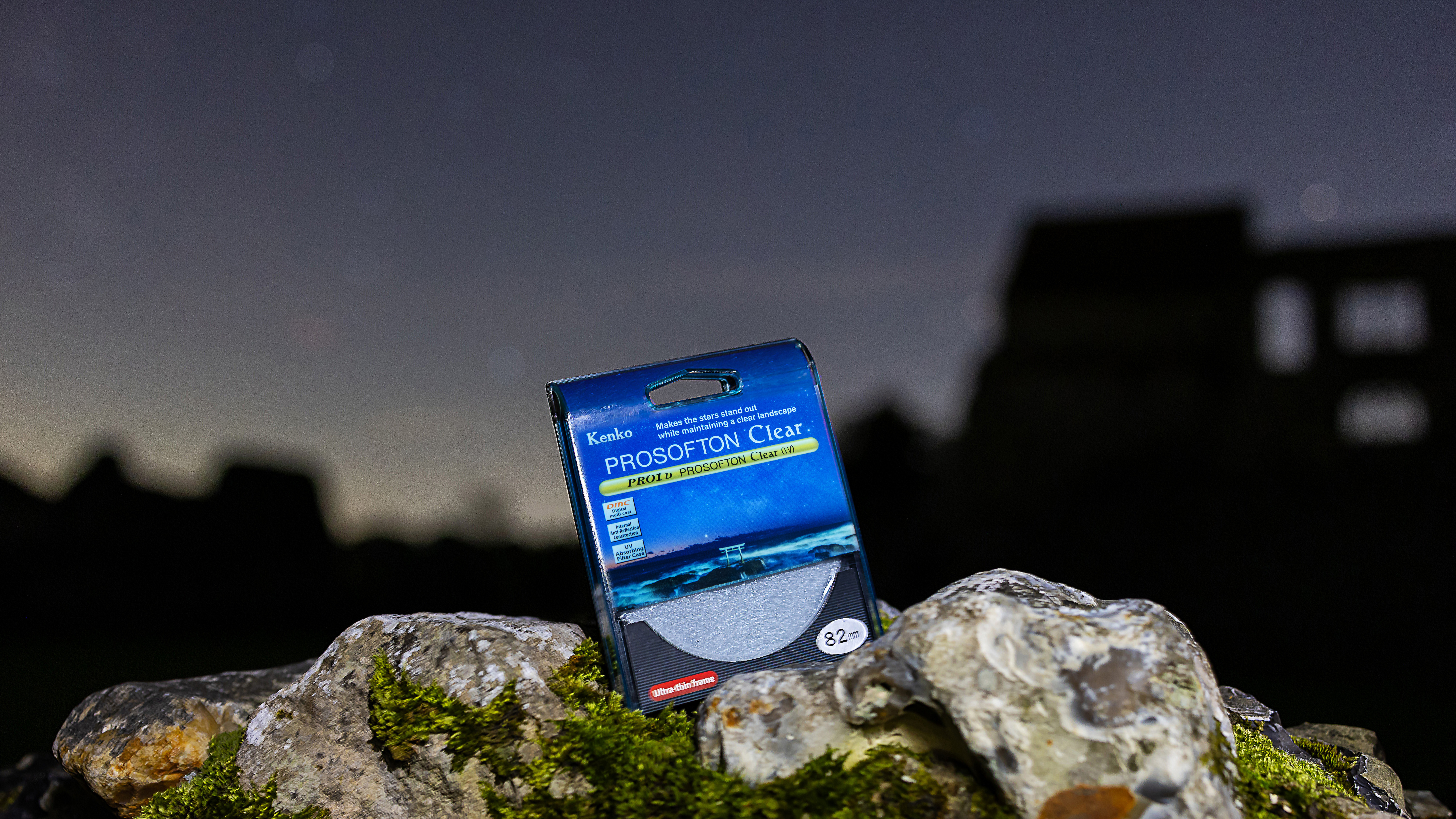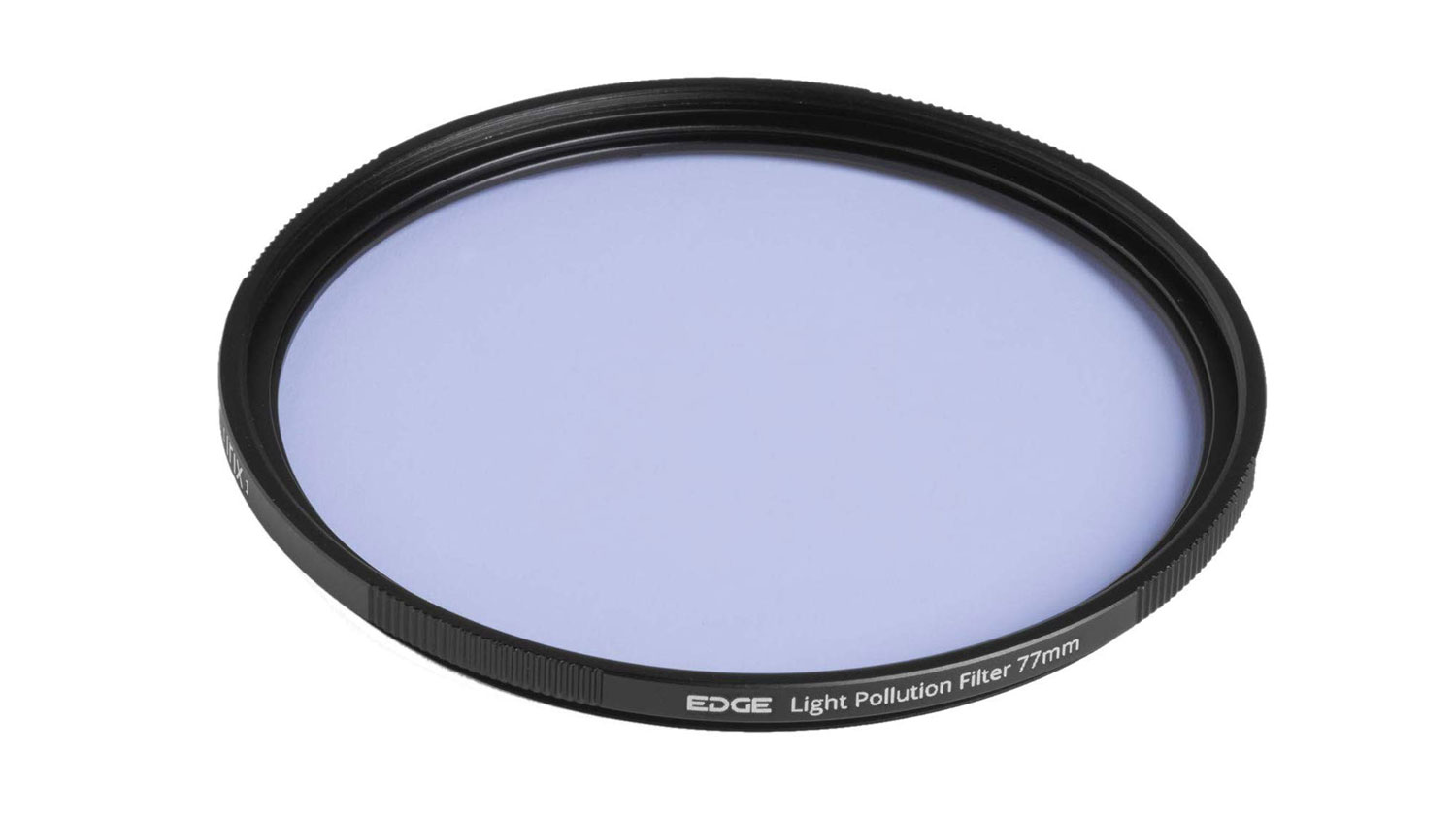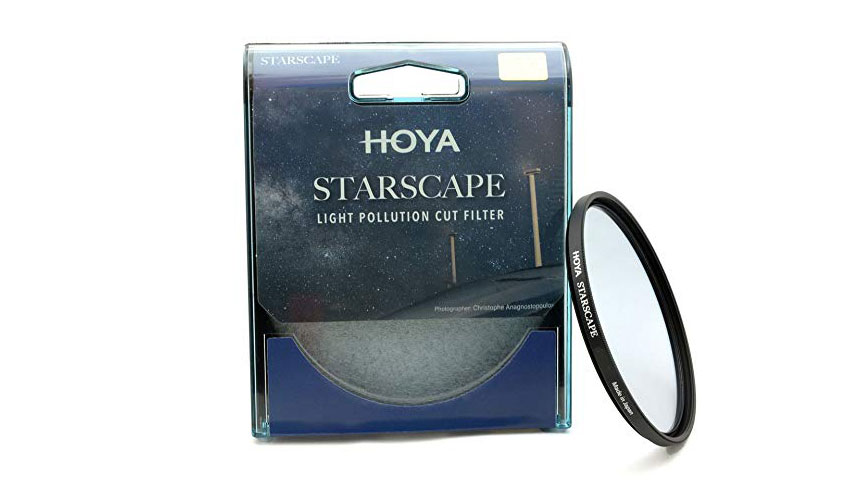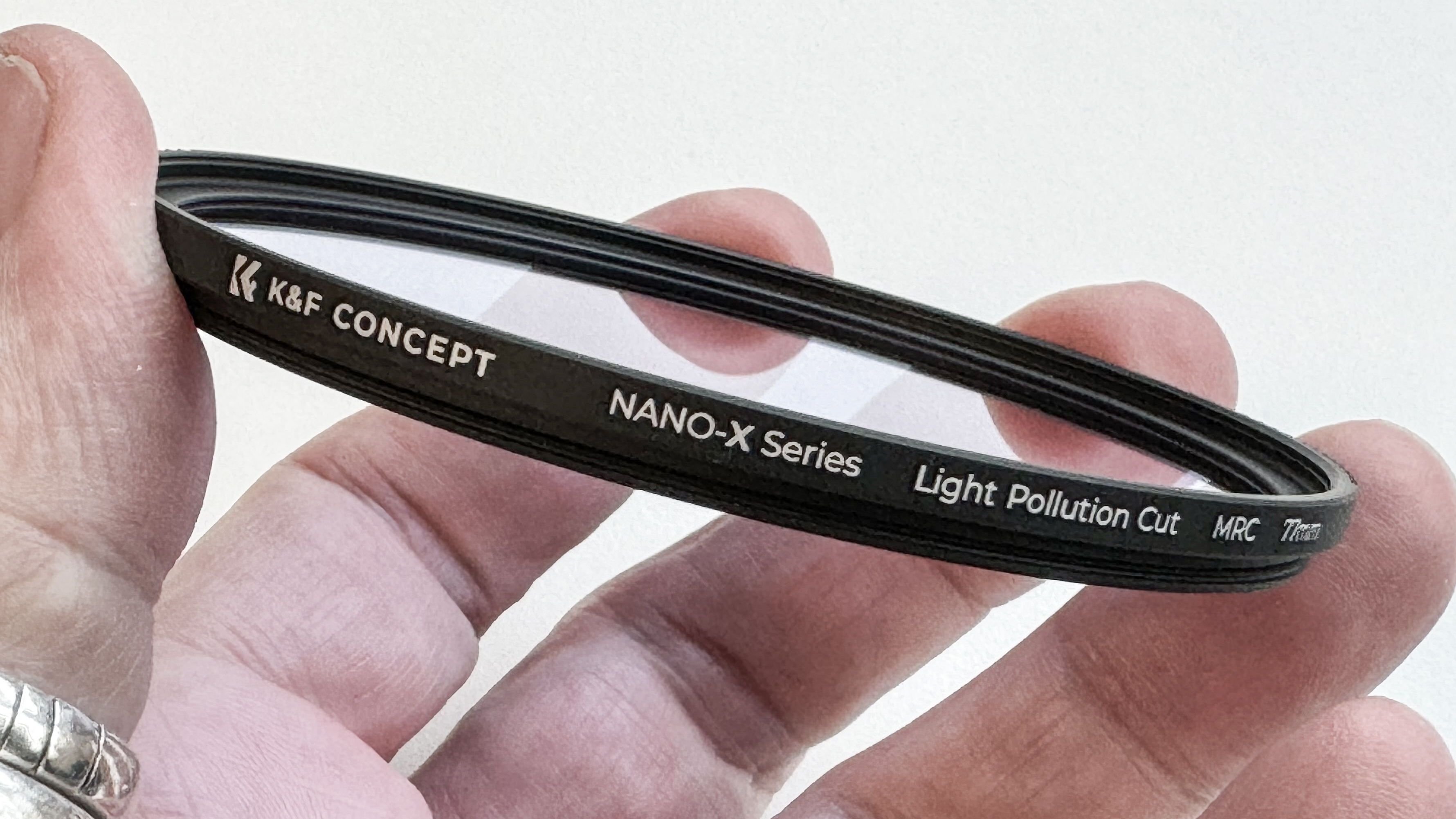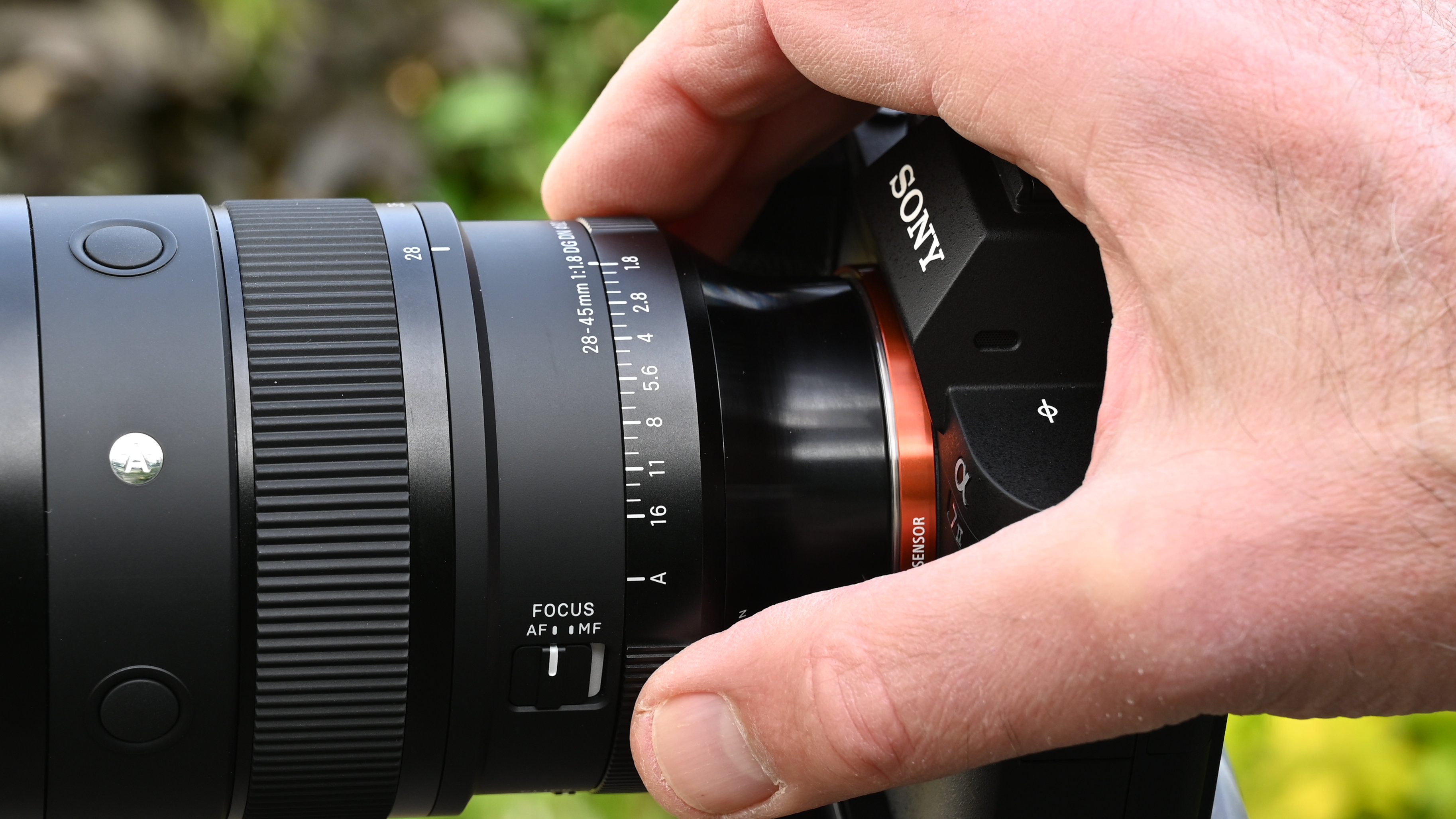The best astrophotography filters in 2025: the best light pollution filters and more
Looking to capture the sky at night? These are the best filters to reduce light pollution and enhance the stars
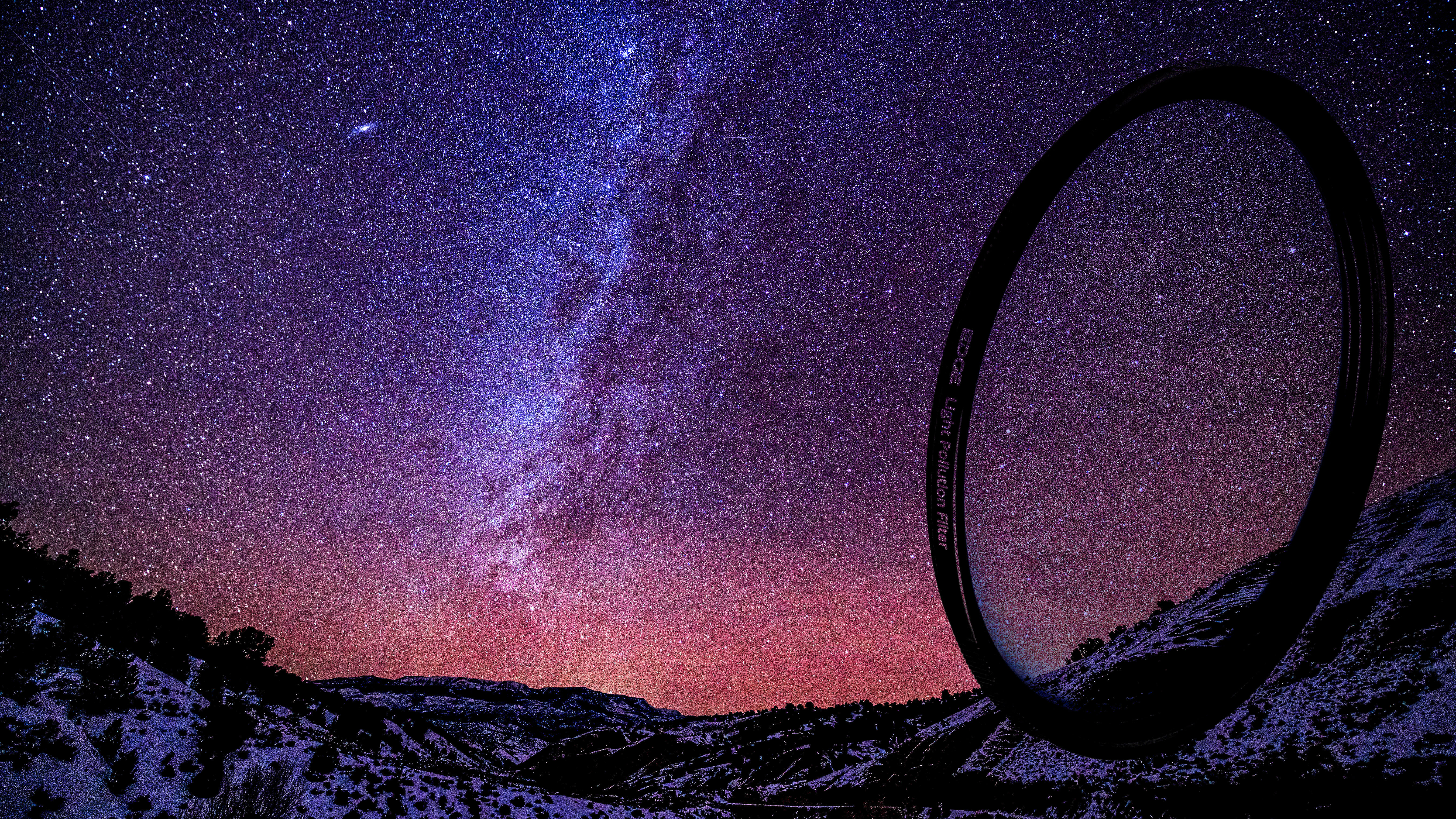
The best astro filters are the perfect tools for capturing spectacular shots of the sky at night – even if you live in the middle of a city. Light pollution emitted by houses, cars, streetlights, and other light sources is the biggest culprit, and can often scupper an astro shoot, preventing you from being able to capture the stars and constellations above, no matter how clear the sky is.
Light pollution filters can help fix this. These glass filters are designed to suppress the emissions that are generated by artificial lighting, reducing the yellow-green color caused by city lights. This means that your astro images will have greater clarity, more natural colors, and improved contrast.
However, not all light pollution filters are created equal, as some are more effective than others, feature anti-reflective coatings, or are built to be water- or oil-repellent. My guide will help you find the best light pollution filters for your budget.
But that's not all: I've also included one or two other filters aimed at astrophotographers to help enhance their images of the heavens above.

Gavin has over 30 years of experience writing about photography and television. He is currently the editor of British Photographic Industry News, and previously served as editor of Which Digital Camera and deputy editor of Total Digital Photography.
The Quick List
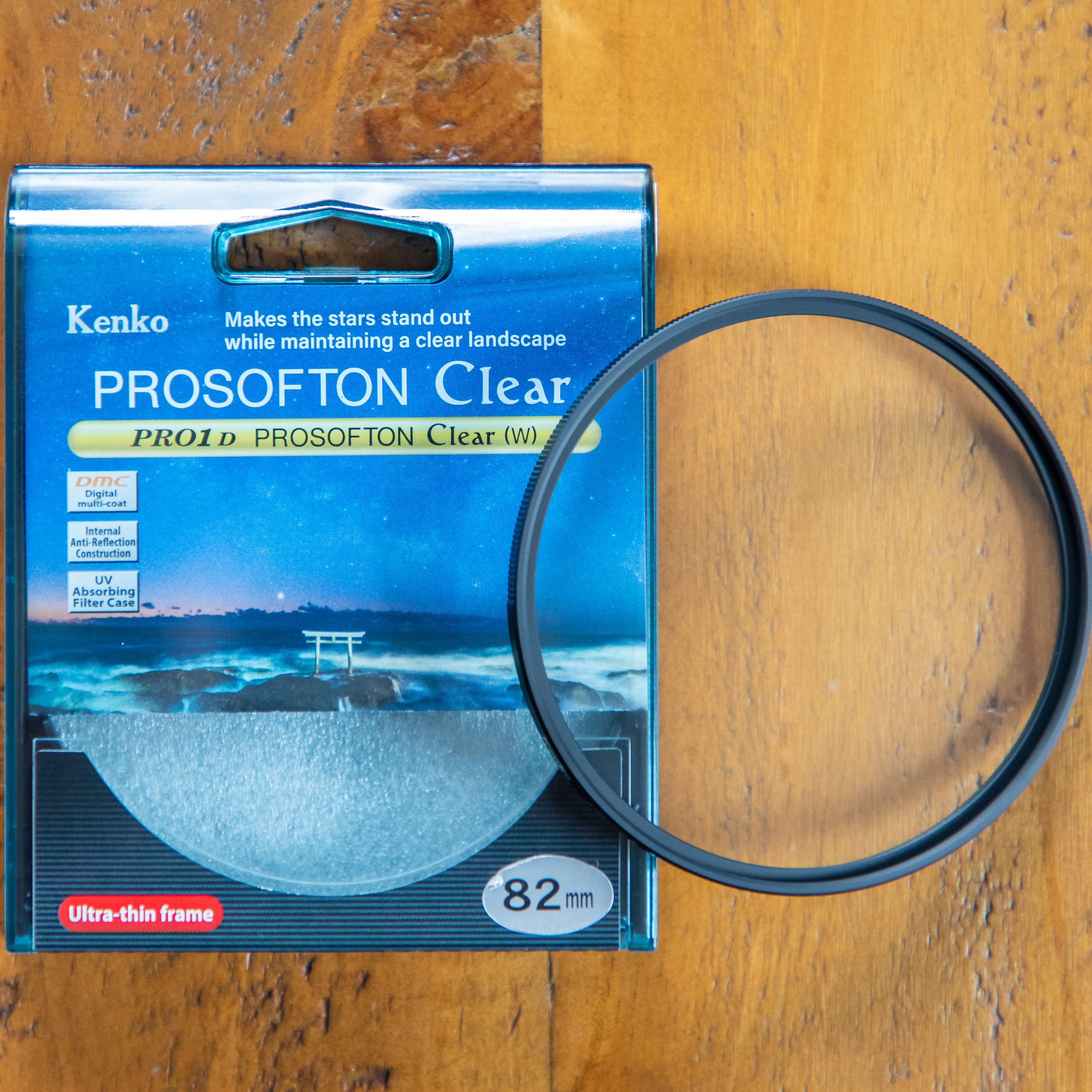
It might sound counterintuitive, but Kenko's image-softening filter has been designed to make stars appear sharper in your astro photographs.
Read more below…
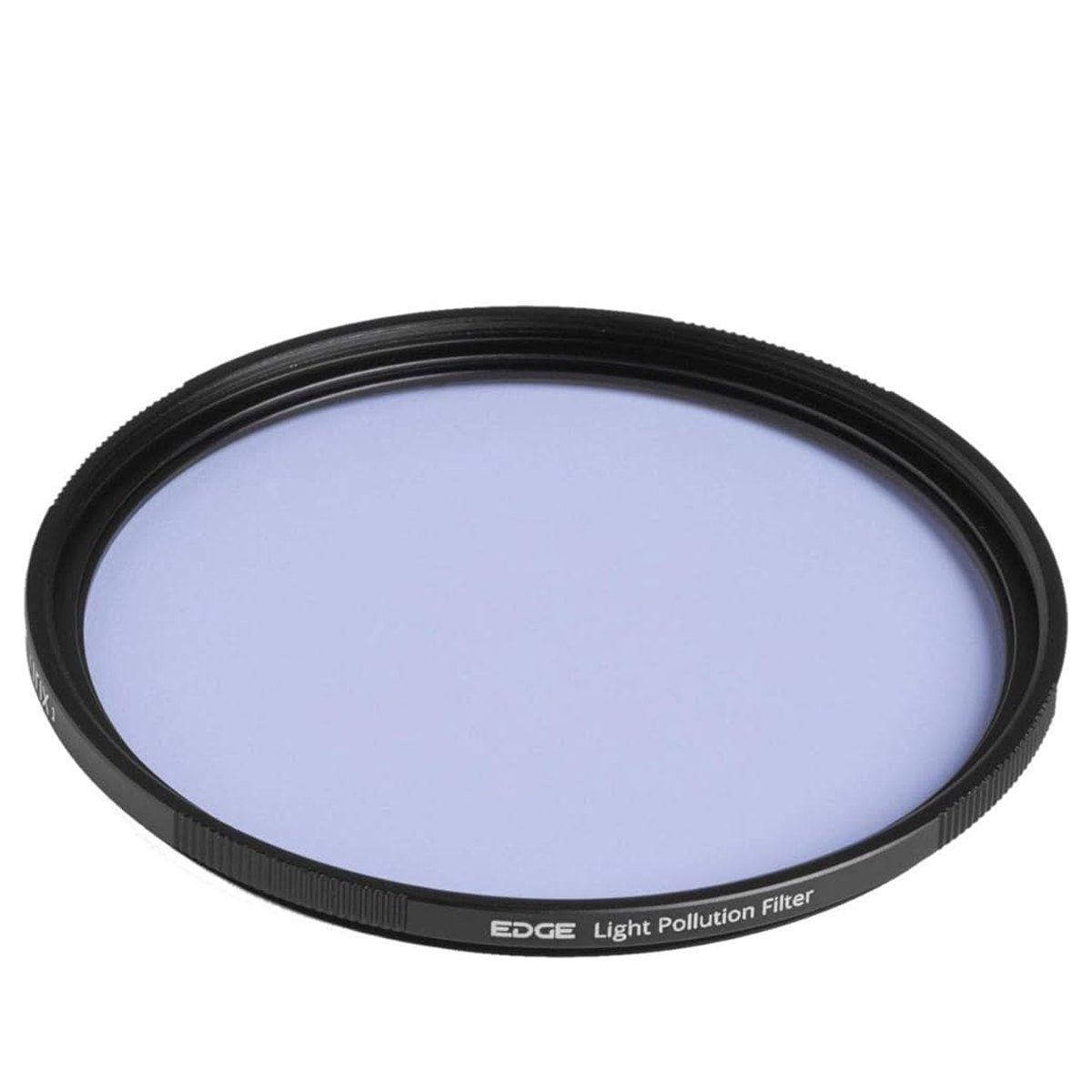
The Irix Edge targets yellow light and gets strong marks for durability, with anti-reflective coatings and even a toughened special edition.
Read more below…
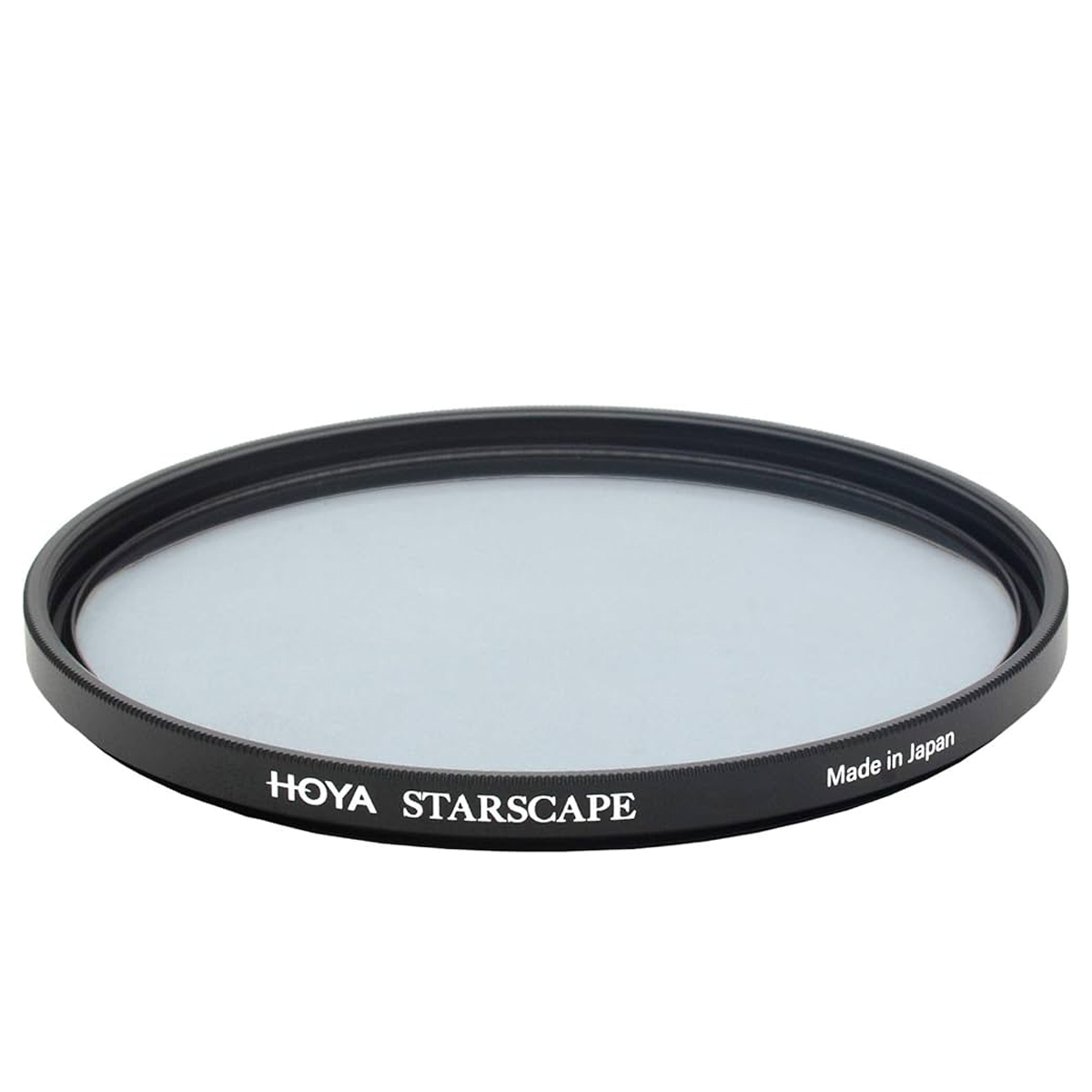
Hoya’s light pollution filter cuts out yellow and green casts and has a low profile to suit the field of view in wide-angle lenses.
Read more below…
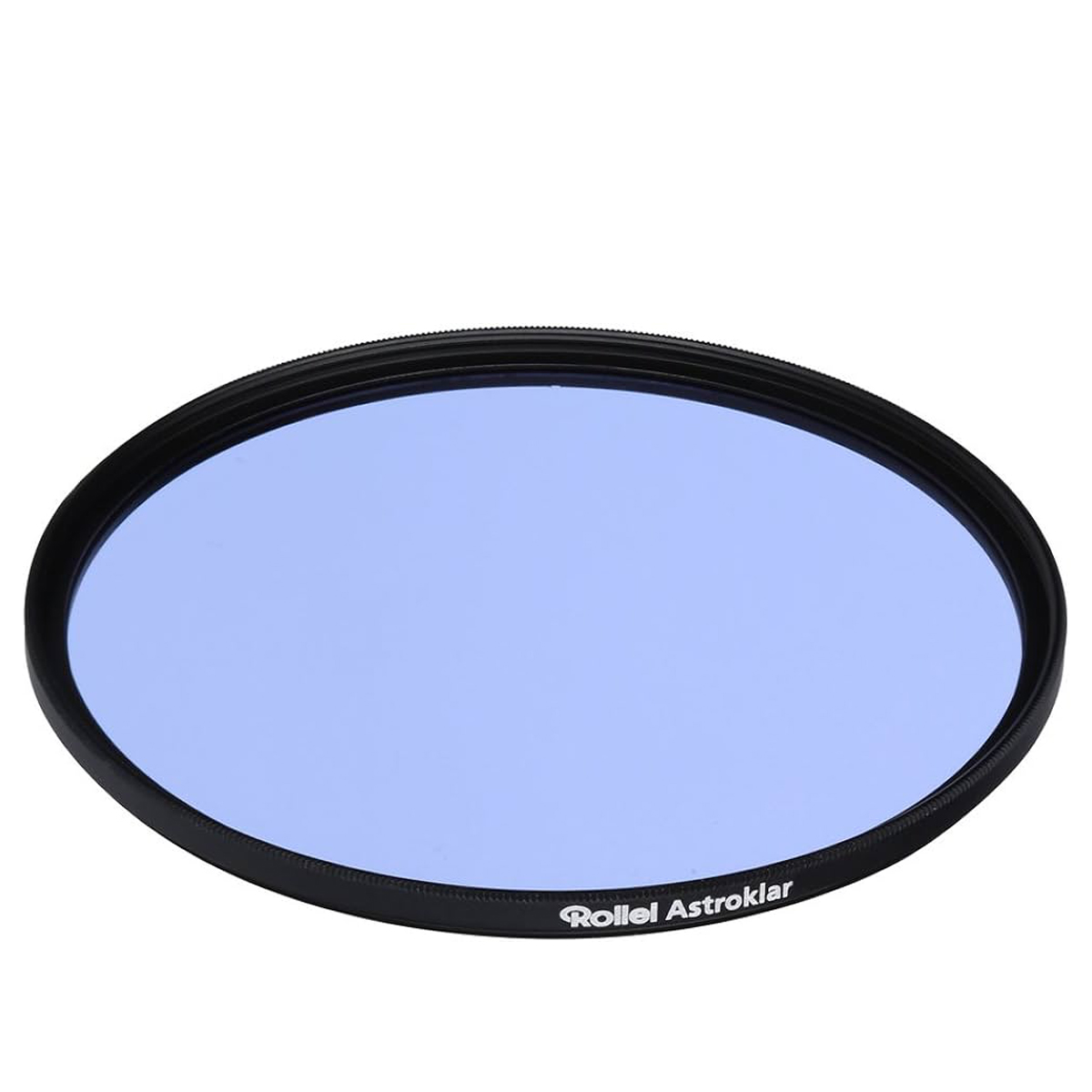
With no fewer than 16 different sizes available, it’s highly likely that there’s an Astroklar light pollution filter that will fit on your lens of choice.
Read more below…
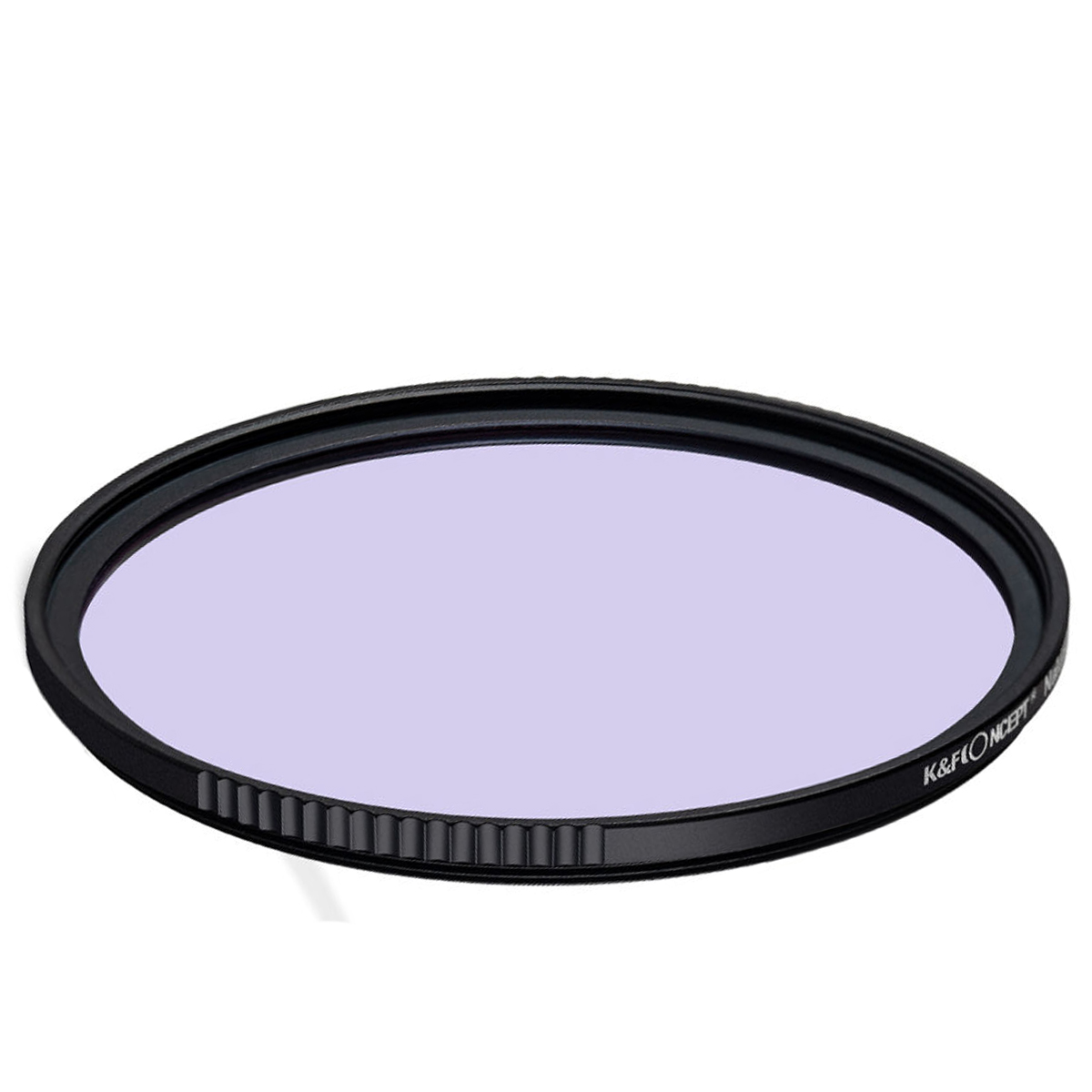
Targeting the yellow and orange light of city streets, this filter is scratch- and water-resistant, with a slim but strong aluminum alloy frame.
Read more below…
The best filters for astrophotography
Why you can trust Digital Camera World
Best star-sharpening filter
Specifications
Reasons to buy
Reasons to avoid
This specialized filter is designed to improve astrophotography, as well as cityscape and portrait photos. It works by slightly blurring the image, which in turn makes stars appear larger and brighter in night sky photographs without compromising the sharpness of the foreground. The 'W' version of the filter has a softening effect that is half as strong as the 'A' version.
While effective at what it does, the filter does not include a light pollution cut feature. For this, you would need to either use it in conjunction with a separate light pollution filter or opt for the more expensive Kenko Starry Night filter, which combines both functions.
The Japanese-made filter is well-built and has a premium feel, with an aluminum frame and optical glass. It is available in a variety of screw-in sizes and also comes in a sheet form. Its thin frame is designed to prevent vignetting on wide-angle lenses. The filter also features a digital multi-coating to help suppress reflections, although it does lack a water-repellent coating. Despite this, the filter is highly recommended for its performance and value, making it a solid choice for photographers looking to improve their night sky images on a budget.
See our full Kenko Prosofton Clear review
Best premium light pollution filter
2. Irix Edge Light Pollution Filter
Specifications
Reasons to buy
Reasons to avoid
Irix claims that its light pollution filter will give more accurate colors by greatly reducing the yellowish haze given off by artificial lighting, resulting in clearer, cleaner images with better overall contrast.
The screw-in filters are durable, with nano coatings keeping the filter free from moisture and dirt, thereby preventing anything nasty from sticking to the surface. Furthermore, both sides of the filter are covered with a multi-layer anti-reflective coating to help prevent lens flare and ensure image clarity.
The 86mm filter in the range goes even further by using what Irix calls Super Resistant glass, which utilizes toughened glass for extra protection.
Best budget light pollution filter
3. Hoya Starscape Light Pollution Cut Filter
Specifications
Reasons to buy
Reasons to avoid
Available in a broad range of sizes to fit lenses up to 82mm, this Japan-made screw-on example from filter specialist Hoya aims to reduce yellowish and greenish color casts caused by areas that are swamped by streetlights.
The intended result is improved overall contrast and natural color, reducing the amount of time required for post-processing the pictures later.
The filter has the further advantage of a low-profile frame, which is compatible with super-wide-angle lenses, making it ideal for shooting low-light landscapes and astrophotography. It's a ‘heavenly’ option!
Best light pollution filter for size choice
4. Rollei Astroklar Round Light Pollution Filter
Specifications
Reasons to buy
Reasons to avoid
Rollei claims its offering is made from high-quality optical glass and behaves in a neutral fashion within the infrared light range, providing night-time images with a cooler tone. Its water- and oil-repellent surface also helps prevent unwanted reflections.
Rollei advises you to use manual white balance to select a color temperature between 700K and 1,500K before using the filter, to obtain authentic colors when it comes to the end result. Inevitably some trial and error will be involved in order to arrive at an optimal result.
Best light pollution filter for urban scenes
5. K&F Concept Natural Night Light Pollution Filter
Specifications
Reasons to buy
Reasons to avoid
This K&F Concept filter promises more clarity, contrast, and natural-looking colors when shooting at night in urban areas. It features a double-sided nano coating to help stop yellow and orange wavelengths of light from entering the lens. This makes it adept at reducing the impact of conventional street lighting, making this filter a good option if you like to shoot urban scenes at night.
Constructed from an aviation-grade aluminum alloy material and claimed to be scratch- and water-resistant, it is also conveniently super-slim, with a frame design just 3.8mm thick. This means it doesn't add significantly to your camera and lens’s combined profile. It is also available in a 100mm square design for standard filter holder systems.
To ensure the color authenticity of shots, the makers advise using a manual white balance setting and selecting a color temperature between 700K and 1,500K.
How to choose the best light pollution filter
Do I really need a light pollution filter?
Probably! If you enjoy shooting astrophotography, you’ll likely be aware of how the glow from street lighting can make stars less visible. If you visit a designated Dark Sky area, where there is very little light pollution, this is less of an issue; the rest of the time, your astro shots will benefit from you using a light pollution filter, with heightened contrast bringing out more stars.
Even if you don’t shoot astrophotography, any scenes you shoot at night in or near cities can look more natural with the help of one of these filters.
Do light pollution filters counter the effects of all street lighting?
No, they typically address the yellowish cast of conventional sodium streetlights. As more cities are gradually switching to energy-efficient LED street lamps, which typically have a purer white tint, this will present greater challenges to astrophotographers as their use spreads.
How we test filters
When we test filters, we look at both optical performance and general build quality – how robust the filter feels, how easy it is to use and how securely it attaches to the lens. We use a combination of real-world and lens testing to inform our comments in reviews and buying guides. For filters, we test light transmission levels, color neutrality (i.e. if the filter introduces a cool or warm cast) and the impact a filter has on image quality.
Find out more about how we test and review on Digital Camera World
The best camera deals, reviews, product advice, and unmissable photography news, direct to your inbox!
Gavin has over 30 years’ experience of writing about photography and television. He is currently the editor of British Photographic Industry News, and previously served as editor of Which Digital Camera and deputy editor of Total Digital Photography.
He has also written for a wide range of publications including T3, BBC Focus, Empire, NME, Radio Times, MacWorld, Computer Active, What Digital Camera and the Rough Guide books.
With his wealth of knowledge, Gavin is well placed to recognize great camera deals and recommend the best products in Digital Camera World’s buying guides. He also writes on a number of specialist subjects including binoculars and monoculars, spotting scopes, microscopes, trail cameras, action cameras, body cameras, filters and cameras straps.
- Adam WaringGuides Editor
